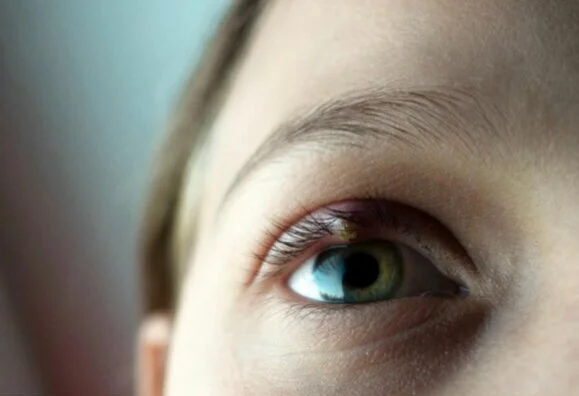Dry Eye: Hordeolums (Styes)
Your eyelids protects your eyes from injuries, debris, and exposure to excessive light. Eyelids close over your eyes, cover and protect them. Your eyelids have an oil-producing gland, called the meibomian gland, which prevents tears from evaporating too quickly. At times, the meibomian gland gets clogged by dirt, makeup, and/or bacteria, causing eyelid infections like styes or blepharitis.
WHAT IS A STYE?
A stye is an inflammatory, painful, pus-filled, tender red lump near the edge of the eyelid, caused by Staphylococcus aureus. Styes can also be caused by dead skin, dirt, and makeup, which become trapped in the eyelid and clog the oil gland.
SYMPTOMS OF A STYE:
Styes may occur on the outer or inner eyelid and are painful and tender to touch. They typically will resolve within 1-2 weeks with proper care and hygiene.
Symptoms of a stye vary from one person to another, but the most common symptoms include:
Photophobia (sensitivity to light)
Swelling of the eyelid
Watery eyes
Crusting and tearing of the eye
Yellowish discharge
Feeling the presence of a dust particle in your eye
WHAT CAUSES A STYE?
Staphylococcus aureus causes styes by infecting the eyelash follicles. This bacteria resides on your face. When you touch your face and then rub your eyes, this bacteria can transfer over to your lids and lashes. Other common causes of a stye include:
Rubbing eyes with unwashed hands
Wearing contact lenses while sleeping
Wearing improperly cleaned or expired lenses
Not removing eye makeup
Having styes in the past
Having any medical conditions like ocular rosacea, diabetes, or seborrheic dermatitis
HOW STYES ARE RELATED TO BLEPHARITIS
Long-lasting and/or recurrent inflammation in both eyelids is called blepharitis. Blepharitis causes flakes and dry scales on your eyelashes, which can result in dry eyes.
If a bacterial infection causes blepharitis, it can cause inflammation of the oil gland, or eyelash follicles present inside the eyelid, causing a stye. If you have blepharitis, the formation of dandruff-like scales usually causes irritation and itchiness of the eyes.
NON-SURGICAL TREATMENT OPTIONS FOR STYES:
1. Zest: An in-office treatment, using an okra-derived gel, that alleviates irritation and inflammation by effectively purging bacteria, debris, and oils from the eyelash line. This treatment cleans the eyelid margins and opens up the meibomian gland, releasing oils required for a healthy tear film, which can help alleviate dry eye symptoms. For more information, click here.
2.Warm Compresses: A primary remedy for treating a stye is warm compresses. Use a mask designed for blepharitis, and apply it to your closed eye lid for 5-10 minutes. Redo this procedure 2-3 times a day.
Our favourite for persistent and recurring styes is the I-Relief from I-Med Pharma. For new, small styes, an affordable alternative is the Bausch and Lomb Thera Gel Mask.
3.Antibiotics: If the stye can't be treated with warm compresses, your optometrist may prescribe topical antibiotics. If the stye is no longer infected, yet the lump and redness persists, a referral to an oculoplastic ophthalmologist will be made. The specialist will excise and remove the hardened mass.


